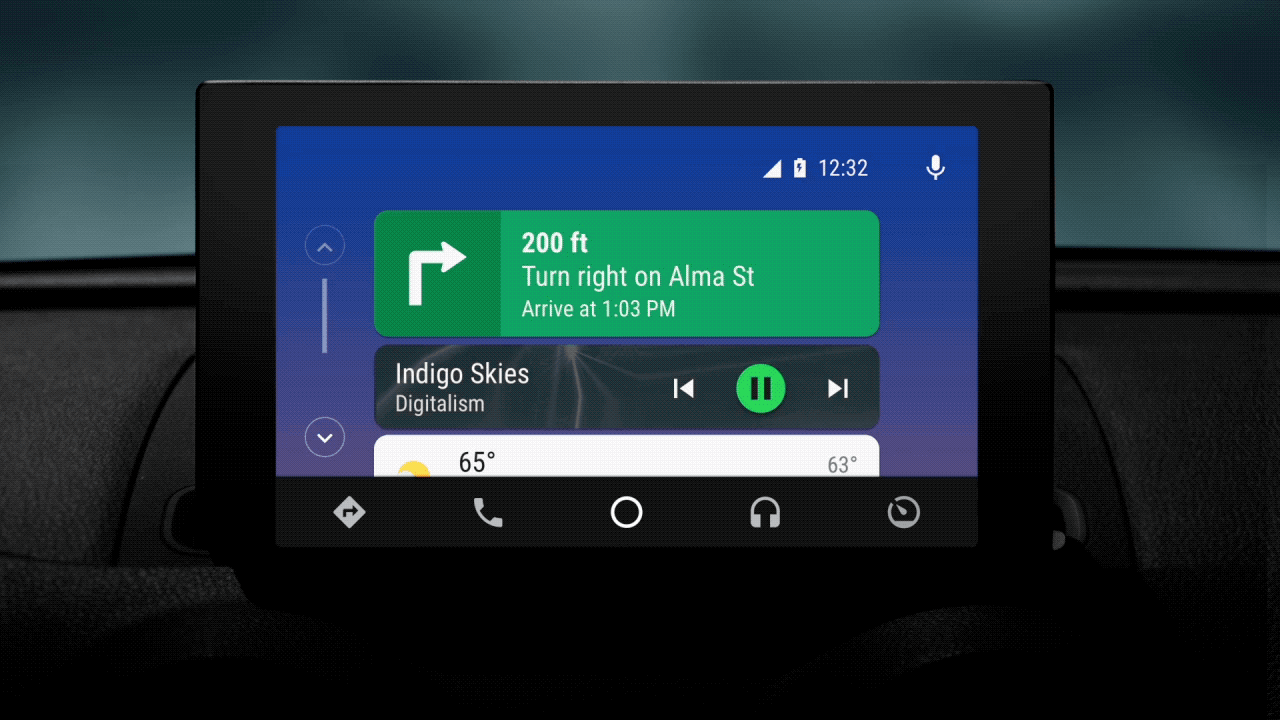Devices shipping with Android Q will receive over-the-air security patches without having to go through device manufacturers.
A lack of steady security updates has been a major pain point for Android users over the years. Google finally has a fix for the problem. At its annual developer conference Tuesday, the tech giant said it’ll bypass mobile makers and push security updates directly to devices.
The benefit is that users won’t have to wait lengthy periods for device manufacturers to test and quality assure the patches for their devices for fixes to critical security vulnerabilities that put users at risk.
Security updates for Android Q will be focused on 14 modules crucial to the operating system’s functioning — including media codecs, which have long plagued the Android software with a steady stream of security flaws.
There’s a catch — two, in fact.
Devices updating to Android Q will not work with over-the-air security updates and some manufacturers can opt-out altogether, according to The Verge which first reported the news, rendering the feature effectively useless. The new feature will also not be backported to earlier versions of Android. Google hasn’t updated its Android software version distribution pages for some months. Given that based on the figures available, more than half of all Android users are still on Android 5.0 Lollipop and earlier, it could take years for Android Q to match the same usage share.
Still, Google has to start somewhere. Android Q is expected out later this year.
from Android – TechCrunch https://tcrn.ch/303jF6n
via IFTTT


